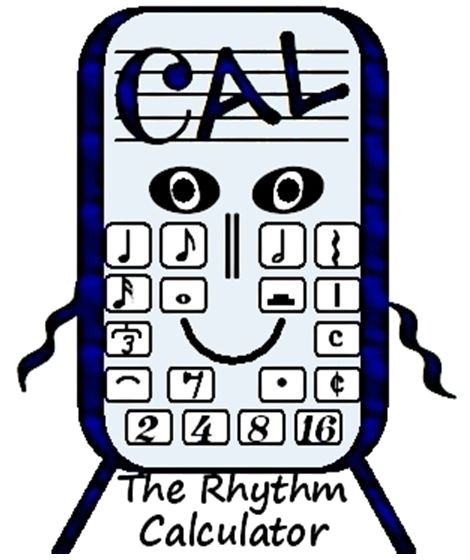Part #2: STEMS






Stems are Vertical Lines.
Everyone is familiar with stems that support leaves, flowers, and fruits. Notes utilize stems in much the same way.
Stems = Note Support
Stems visually anchor note heads and help to define a note’s rhythmic duration by joining note-material elements together. Stems attach to note heads in one of two precise ways.


Going Upward
(attached to the right side of the note head)
Going Downward
(attached to the left side of the note head)
Stems go upward when the note head is below the middle line of the staff.


In addition to connecting to note heads, stems also connect to beams.
Let’s explore Part #3: BEAMS

Whether a stem is an up-stem or down-stem, it has the same effect.
Stems go downward when the note head is on the middle line or higher.

Rhythm Laboratory Notation Parts Note Heads Stems Beams Flags Note Construction
Common-Time Measures Bar-Lines Counting in Common-Time Whole, Half and Quarter Notes
Ties Dots Time-Signatures Q’s Rhythm Review Time-Signature Rules Beat Accent
Down-Beat and Up-Beat Conducting Patterns Cut-Time Common-Time Beat Emphasis
Three-Beat Measures Note Values Rhythm Workouts The ‘Cycle’ Note Equivalents
Counting Sub-Divisions “If You Can Say It, You Can Play It” Author’s Story Sub-Division Lingo
Quarter Notes with Eight Notes Adding Sixteenth Notes Notes Sharing Beams Beam Awareness Pointers
Triplets Triplet Workout Compound-Time Compound-Time Workout Music Rests
Rest and Note Equivalents Whole Rest Half Rest Quarter Rest Eighth Rest Sixteenth Rest
Dotted Rests Q’s Rest Review Process of Sub-Division Relating Rests to Notes Rhythm Exam Prep
Level 1 Rhythm Exam Level 2 Rhythm Exam Level 3 Rhythm Exam



